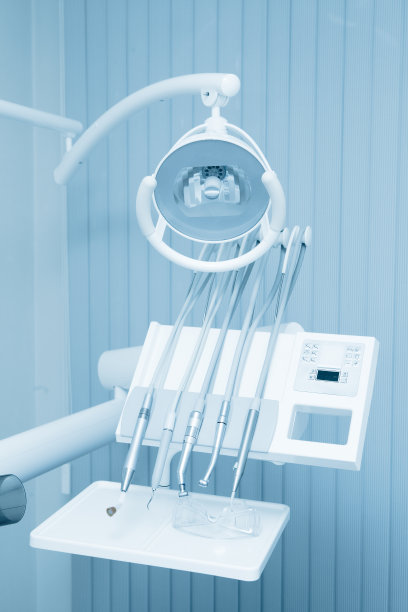Essential Guidelines to Ensure a Successful and Safe Dental Filling Procedure for Optimal Oral Health Maintenance
Summary: Ensuring a successful and safe dental filling procedure is vital for optimal oral health maintenance. This article outlines essential guidelines that patients and dental professionals should follow to achieve the best outcomes during this common procedure. It covers preparation and consultation, materials and techniques, aftercare protocols, and the importance of regular dental check-ups. By adhering to these guidelines, patients can lessen anxiety, enhance comfort, and lead a healthier life with sound oral practices.
1. Preparation and Consultation Guidelines

The first step toward a successful dental filling procedure is thorough preparation. Patients should be well-informed about the procedure they are about to undergo. This can begin with a detailed consultation with the dentist, discussing the type of filling needed based on the extent of tooth decay or damage. Knowledge about different materials, such as amalgam, composite, and resin, should also be addressed during this discussion.
Additionally, patients should communicate their medical histories, including any allergies or health conditions that may affect the procedure. This dialogue allows the dentist to tailor the treatment appropriately and ensure safety by potentially avoiding harmful reactions to specific materials.
Lastly, patients should prepare mentally and physically for the visit. This can be achieved by ensuring they have someone to accompany them if anxiety is a concern or by understanding the benefits of the procedure. Comfort can significantly enhance the overall experience.
2. Selection of Materials and Techniques
The selection of the right material for dental fillings is crucial. Different types of filling materials come with various properties, advantages, and disadvantages. For instance, amalgam is sturdy and cost-effective, making it ideal for posterior fillings, while composite fillings offer aesthetic advantages and bond directly to the tooth structure, making them suitable for visible areas.
Moreover, understanding the techniques used during the filling procedure is equally essential. Innovative methods, such as laser dentistry, can minimize discomfort and improve the precision of the filling. Dentists should always explain the chosen technique to the patient, detailing how it works and why it is the best option for the specific situation.
Lastly, adhering to stringent sterilization protocols during the procedure is paramount. Safety measures, such as the use of disposable tools and proper sanitation practices, will help prevent infections and other complications, instilling confidence in patients regarding their treatment.
3. Aftercare Protocols for Optimal Healing
Post-procedure care is a key component of a successful dental filling procedure. After leaving the dentist鈥檚 office, patients should follow specific guidelines to ensure that the filling sets properly and the surrounding tissue heals without complications. This might include avoiding hard or sticky foods for a certain period.
Furthermore, patients should be aware of any symptoms that could indicate complications, such as prolonged pain or swelling. Immediate communication with the dentist in such cases is essential to address potential issues before they escalate.
Maintaining good oral hygiene habits is equally crucial after receiving a filling. Patients should continue brushing and flossing regularly and may be advised to use an antimicrobial mouthwash to reduce the risk of infection. Regular check-ups will also help in monitoring the integrity of the filling and the overall oral health.
4. Importance of Regular Dental Check-Ups
To maintain optimal oral health after dental fillings, scheduling regular dental check-ups is paramount. These visits allow dentists to assess the condition of both the fillings and the surrounding teeth, ensuring that any early signs of additional decay or problems are detected promptly.
Moreover, professional cleanings can aid in preventing further issues by removing plaque and tartar buildup that patients may not be able to eliminate through home care alone. Regular visits also provide opportunities for dentists to educate patients about potential oral health risks and proper maintenance strategies.
Ultimately, fostering an ongoing relationship with a dentist through routine check-ups can lead to better overall health insights and preventive care strategies tailored to each patient鈥檚 specific needs.
Summary:
Following the essential guidelines discussed鈥攑reparation and consultation, selection of materials and techniques, aftercare protocols, and emphasizing regular dental check-ups鈥攃an greatly enhance the overall success and safety of dental filling procedures. By being proactive, informed, and engaged in ongoing care, patients can ensure their oral health remains optimal.
This article is compiled by Vickong Dental and the content is for reference only.



